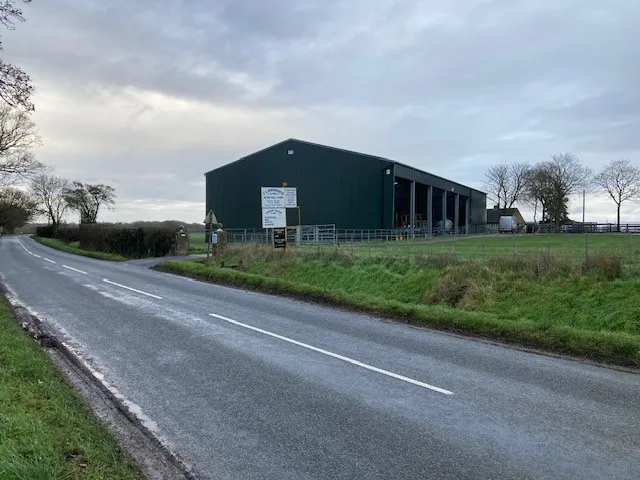- Afrikaans
- Albanian
- Amharic
- Arabic
- Armenian
- Azerbaijani
- Basque
- Belarusian
- Bengali
- Bosnian
- Bulgarian
- Catalan
- Cebuano
- Corsican
- Croatian
- Czech
- Danish
- Dutch
- English
- Esperanto
- Estonian
- Finnish
- French
- Frisian
- Galician
- Georgian
- German
- Greek
- Gujarati
- Haitian Creole
- hausa
- hawaiian
- Hebrew
- Hindi
- Miao
- Hungarian
- Icelandic
- igbo
- Indonesian
- irish
- Italian
- Japanese
- Javanese
- Kannada
- kazakh
- Khmer
- Rwandese
- Korean
- Kurdish
- Kyrgyz
- Lao
- Latin
- Latvian
- Lithuanian
- Luxembourgish
- Macedonian
- Malgashi
- Malay
- Malayalam
- Maltese
- Maori
- Marathi
- Mongolian
- Myanmar
- Nepali
- Norwegian
- Norwegian
- Occitan
- Pashto
- Persian
- Polish
- Portuguese
- Punjabi
- Romanian
- Russian
- Samoan
- Scottish Gaelic
- Serbian
- Sesotho
- Shona
- Sindhi
- Sinhala
- Slovak
- Slovenian
- Somali
- Spanish
- Sundanese
- Swahili
- Swedish
- Tagalog
- Tajik
- Tamil
- Tatar
- Telugu
- Thai
- Turkish
- Turkmen
- Ukrainian
- Urdu
- Uighur
- Uzbek
- Vietnamese
- Welsh
- Bantu
- Yiddish
- Yoruba
- Zulu
Dec . 02, 2024 04:38 Back to list
Steel Design for Buildings An Essential Component of Modern Architecture
In the realm of modern architecture, steel has become a fundamental material, enabling the construction of iconic buildings and structures. Its widespread use can be traced to its unique properties, such as high tensile strength, ductility, and versatility. The design of steel structures involves careful consideration of various factors, ensuring safety, functionality, and aesthetic appeal. This article explores the principles of steel design, its advantages, and the considerations necessary for successful application in building projects.
Properties of Steel
Steel is an alloy primarily composed of iron and carbon, but it can also include other elements to enhance its properties. One of its key benefits is the high strength-to-weight ratio, allowing architects and engineers to create expansive open spaces without the need for extensive internal support systems. The ductility of steel means that it can deform under stress without fracturing, providing an essential safety feature in earthquake-prone areas. Additionally, steel can be easily prefabricated, facilitating quicker construction times and reducing labor costs on-site.
Design Principles
When designing steel structures, engineers must adhere to several principles. The first is ensuring structural integrity through proper load analysis. This involves calculating the various loads that a building will encounter over its lifetime, including dead loads (the weight of the structure itself), live loads (occupants and furnishings), and environmental loads (wind, snow, and seismic forces).
Another important principle is the use of efficient design techniques that utilize steel's properties to their fullest extent. This includes employing different types of structural systems, such as moment-resisting frames or braced frames, depending on the building's specific requirements. These systems help to resist lateral forces while allowing for flexibility and movement in the structure.
Furthermore, the aesthetics of steel should not be overlooked. Steel can be finished in a variety of ways, from painting to cladding with other materials, allowing architects to create visually appealing designs that complement their surroundings. The exposed steel beams and columns can also serve as a design element, showcasing the material's beauty and strength.
steel design for building

Sustainability Considerations
Modern steel design increasingly emphasizes sustainability. Steel is 100% recyclable, making it an environmentally friendly choice for construction. The use of recycled steel in construction reduces energy consumption and minimizes waste. Moreover, sustainable design practices often incorporate energy-efficient systems, such as solar panels and green roofs, alongside steel structures to promote environmental stewardship.
Challenges in Steel Design
Despite its advantages, designing with steel is not without challenges. Corrosion is a significant concern, especially in environments prone to moisture. Engineers must therefore implement adequate protective measures, such as galvanization or the application of protective coatings, to extend the life of steel components and ensure safety.
Another challenge is the need for skilled labor. While steel is relatively easy to work with, specialized knowledge is required for welding and assembling complex steel structures. Training and maintaining a skilled workforce is essential to uphold quality standards in steel construction.
Conclusion
Steel design is a crucial element of modern architecture, providing the strength, flexibility, and aesthetic appeal necessary for today’s buildings. By understanding the properties of steel and implementing sound design principles, engineers and architects can create safe, functional, and visually striking structures. Furthermore, the emphasis on sustainability in steel design aligns with global efforts to reduce environmental impact, ensuring that steel remains a preferred material for future construction projects. Ultimately, the integration of steel in building design reflects our ability to innovate while respecting the need for safety, efficiency, and beauty in our built environment.
-
How Do Prefabricated Steel Structures Transform Modern Construction?
NewsJul.14,2025
-
How Do Prefabricated Metal Buildings Redefine Modern Construction?
NewsJul.14,2025
-
How Do Prefab Insulated Metal Buildings and Steel Structures Revolutionize Modern Construction?
NewsJul.14,2025
-
How Do Pre - Engineered Steel Structures Redefine Modern Construction?
NewsJul.14,2025
-
Advancing Modular Construction with Prefabricated Metal Structures
NewsJul.14,2025
-
Advancing Industrial Infrastructure with Prefabricated Steel Solutions
NewsJul.14,2025
Products categories
Our Latest News
We have a professional design team and an excellent production and construction team.












